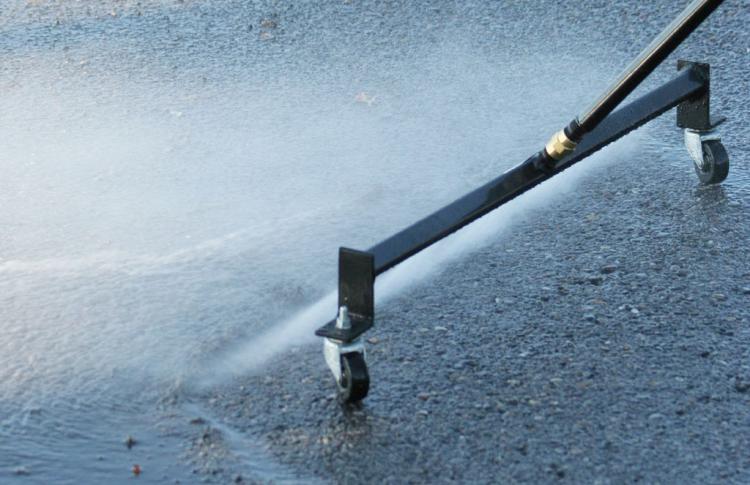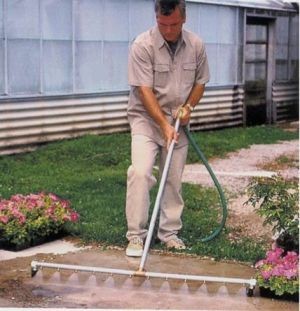
scoparius (Scotch broom), which is still viable 20 years after being dropped. Like many legumes, white Spanish broom is hard seeded and the seeds remain viable for a long time in the soil, probably as long as the seed of the closely related C. It may be spread over longer distances by movement of seed by water or in mud attached to vehicles, machinery, footwear and animals. White Spanish broom generally spreads by seed, with most seed falling within 1 m of the parent plants. It has also been introduced as an ornamental in India, Australia, Italy, United States, New Zealand and Argentina. In Australia it has become a weed and is quite common in central Victoria. It has been eradicated from the Mount Lofty Ranges in South Australia. White Spanish broom is native to Portugal, Spain and France. In pastures white Spanish broom forms thickets that prevent grazing and restrict access to water. Like all brooms, it invades a wide range of fertile soils where it can fix nitrogen and form a dense scrub layer that outcompetes native species. It also provides shelter for feral animals and its seeds are poisonous. White Spanish broom is a serious environmental weed in Victoria and is targeted for eradication.

You can read more details about this plant over at Īnother great yellow flower plant is the “Yellow Bells Plant”.This plant is on the National Environmental Alert List Prune in late winter to enhance new growth and flowers in early to mid-spring. Most birds will eat caterpillars and webworms. Go organic and pick them out by using tweezers or place a water bowl nearby for birds. Silky webworms with hungry webworm larvae before they grow to become Ailanthus Webworm Moths Thuricide is a liquid form of bacteria, Bacillus Thuringiensis or more commonly known as “BT”. Spraying with a product called “Thuricide will kill them”. They make large silk webs on the ends of stems or branches. They feed on the foliage of many types of trees and shrubs. The main problem is Webworms and they will attack this plant. Intense fragrant flowers at top of the plant. Many landscapers will trim back this plant after it is done blooming.Ī Spanish broom is tightly trimmed at the bottom.

The bright yellow blooms will last about 3-4 weeks in early summer. The Spanish Broom Plant will do well in Xeriscape landscaping yards or landscapes that need low-water, maintenance-free shrubs. It will produce seed pods in early summer. The Spanish Broom Plant in front of a Southwestern style homeĭuring the spring season, it will bloom fragrant yellow flowers.

USDA Hardiness Zone: 7 – 10 Check your plant zone here. Plant it in the hottest part of your yard. important not to place it in the shade as it will not bloom.
Water broom in spanish full#
Place it in the full blazing hot sun and it will thrive there. A drought-tolerant plant that can be used in a rock garden landscape with smaller perennial or annual plants in the foreground. The plant tolerates poor sandy soils perfect for the desert southwest. A fragrant flowering plant and to me it smells like honey mixed with vanilla, Where to place this plant? Its native home is the southern Mediterranean region of Europe.

The Spanish Broom Plant (Spartium junceum) is a great semi-evergreen flowering shrub.


 0 kommentar(er)
0 kommentar(er)
